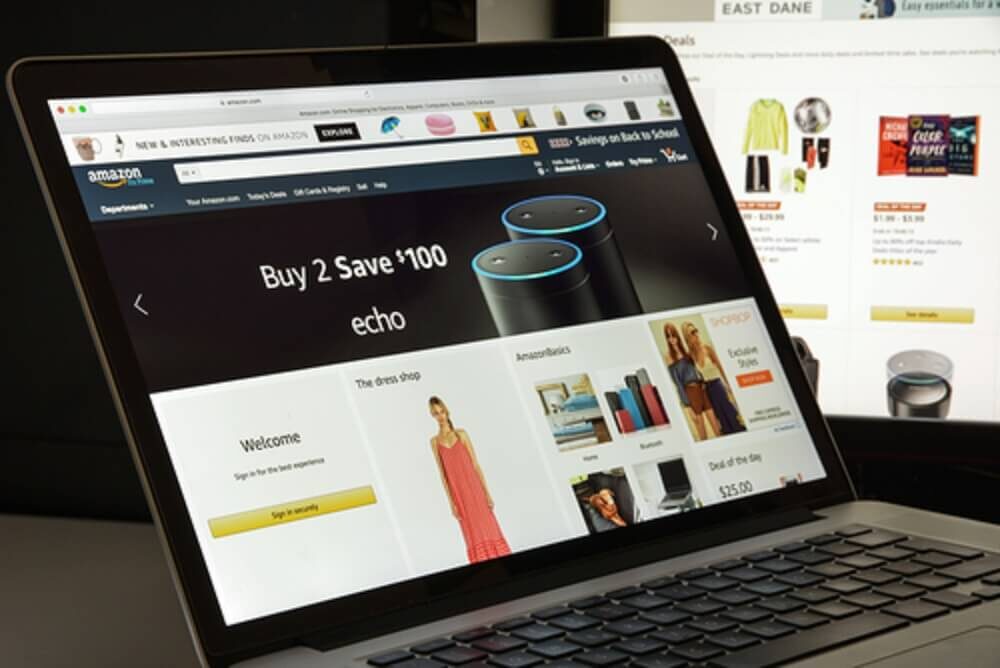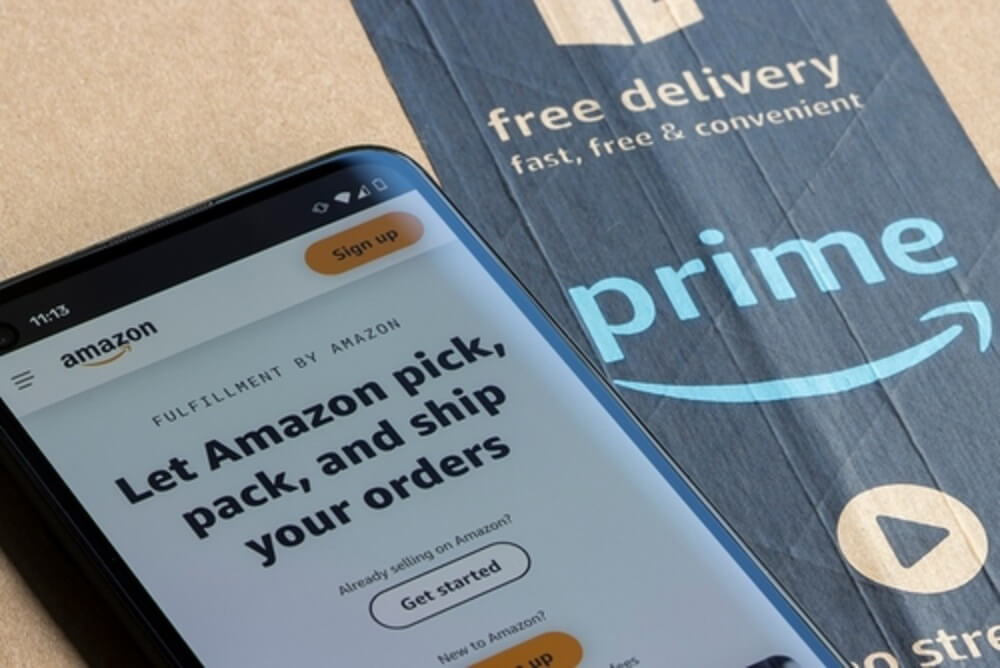There is nothing better than having your products appear on the first page of Amazon. Unfortunately, many sellers have sacrificed a lot of resources just to land on the first page of the biggest eCommerce website in the world. It takes a calculated effort to achieve this outcome. Don’t worry though, for this article will help you know how to rank better on the Amazon Search Engine Results Page (SERP) and eventually be on the top or first page.
But first, what does being on the first page of Amazon do to you and your products?
- Most of the purchases in the Amazon marketplace happen on the first page. The higher you rank, the more likely you are to sell.
- It adds credibility to you as a seller. Higher ranked products mean you dominate your niche.
- Customers of your competitors can try out your products instead when they are not satisfied with your competitors’ products.
While some may not know, Amazon has already adapted the A10 algorithm. Contrary to A9, A10 offers shoppers a more relevant product searching experience. This means that Amazon will show more relevant and accurate results for its shoppers, so they find the products they’re looking for. After all, Amazon wants to be a reputable eCommerce platform for quality products to its shoppers.
The two key factors that dictate your chance in the coveted First Page are sales velocity and conversion rate. Sales velocity refers to the speed at which your products get sold. Also, remember that your products should have enough Inventory in Fulfillment Centers if you are an FBA seller or have enough logistics prowess to do all the tasks to deliver your products to your buyers promptly.
Conversion rate means the ratio of how many buyers hit the Buy Box when they click on your product listing. This factor demands you to take your product listing optimization seriously. A well-crafted and informative product listing are more likely to convert into a sale.
Today is the day to grind your way on the first page of Amazon! Are you ready to know the 10 secret techniques to the First Page? Read below!
1. Research the right SEO keywords for your product
Take note that the Amazon marketplace is still a search engine that sells. Therefore, you need to have the right keywords that shoppers input in the search bar so that your products will appear to them. Failing to do so will be a missed opportunity for your products to have an impression and possible conversion at virtually zero cost.
There are many keyword research tools today such as Ahrefs, Sellics, SellerApp, and Helium10. They are one of the few companies that offer specialized Amazon keyword research for sellers and marketers alike. You may try out which ones are the best choice for you to make your keyword research a lot faster and more efficient.
2. Use relevant keywords on your product listing title and bullet points
After you’ve done your SEO keyword research, now is the time to place the keywords on your product listings. While the title will mostly be hinged on your brand and product specification, your keywords may still be a basis on which words appear more often.
For the title, follow the recommended format by Amazon itself:
- Brand
- Product Line
- Material or Key Feature
- Product Type
- Color
- Size
- Packaging/Quantity
You have 5 bullet points to use in highlighting what your product is and what it can do to your buyers. Then, coincide the keywords you have and the factual information of your product to make a copy that clicks to your shoppers. Remember that you only have 1,000 characters in this section, so make everything sweet and simple.
3. Ramp up your product description
If you don’t have Enhanced Brand Content (EBC) available, you may opt for a text-only product description. However, Google and Amazon search engines also consider what’s inside it, so making a thoughtfully-crafted one is essential to have a bigger chance to rank higher. You may use the relevant keywords you have on hand to optimize your product description.
4. Use backend keywords for your product listings
Backend keywords can also help your product listings be visible to shoppers, but they are not found on your product listings. For example, if you sell plant seeds, you may choose pots and fertilizer as backend keywords. Because although plant seeds are not pots or fertilizers by any means, shoppers may still likely consider buying them because they are into agriculture.
To input backend keywords, go to your Amazon seller central account, choose Inventory, then Manage Inventory. Next, find the listing you want to add your backend keywords to, then choose Edit. Next, go to Keywords, then input your backend keywords on the Search Terms bar. When you’re done, click Save and Finish.
5. Get quality graphics on your product listing
With the advent of screens on devices, people gravitate towards being more visual. However, this trend can be a double-edged sword – you can either stay stagnant or wield this to your advantage. So, having aesthetically pleasing images of your products is now a must for you to attract more shoppers to your listing.
Beautifying the graphics of your listing need not be hard at all. If you have resources, it is better to have a professional graphic designer take care of the images for your product listings. If you are also eligible for EBC, you may also take advantage of this. EBCs are a great way to add creativity and give a professional feel from your products to your consumers.
6. Prioritize reviews
The algorithm of Amazon has always prioritized its shoppers to make them come back buying for more. And they have pulled this off successfully by intelligently creating a system that prizes reviews. As a result, product listings with more reviews and high ratings rank higher than those that do not.
Your reviews may not always be flawless. Some reviews may point out lapses that resulted in the buyers leaving harsh comments or even demanding a refund. Don’t treat this as something entirely negative but a basis for your decisions that will improve your product.
7. Expand on social media platforms such as Facebook, Instagram, and others
Having a social media community is important to drive a community. A community is where people can share their experiences with what you’re selling. This can also be an avenue for you to have delightful conversations about your products and how they can be better used.
All these pros, and the other advantages you can think of, all lead back to organic marketing. Organic marketing gets you loyal customers who will buy again and vouch for your products. Although these are not entirely free per se, loyalty and great reviews last a lifetime.
Like many marketing strategies out there, you may reach these people on social media through posting content or hitting up their DM if you have promos on your Amazon store. These are valuable leads that they can notice almost daily. These impressions are still a chance to land a sale, so grab this opportunity.
8. Have a competitive price
You very well know that in Amazon, prices are immediately shown in SERP. So, naturally, products with low prices tend to sell better. But, let’s be real: is there even a shopper that will choose the more expensive option when two choices are offered with the exact thing?
A piece of information released by Statista showed that 47% of shoppers bought on Amazon because of the competitive pricing. In addition, the ease of seeing which sellers offer the lowest price, and even lower prices for alternatives, make them return and trust it even more.
Even if your review ratings are not astoundingly high, people may still find themselves clicking your listing just because of the competitive price it has. This gives you free clicks and a chance for them to hit the Buy Box.
Just a disclaimer: to keep your revenues afloat, you need to find a good supplier with the best deal to have competitive prices. In addition, maintaining great relationships with your suppliers and having consistent sales every period helps increase trust between the two of you.
9. Consider availing FBA
Just because FBA fees just increased a lot this year, this does not mean that you should cross out the option of availing of FBA for your business. No third-party carrier offers the same services Amazon provides when you avail of FBA: fast and reliable shipping, inhouse customer service, and scalability that you need as your business grows.
When you become an Amazon FBA seller, the benefits you receive do not stop there. FBA sellers can rest assured that their products are stored in Amazon Fulfillment Centers, a place where high-end logistics technology is employed to ensure that products are handled safely. This lessens the risk of your products getting damaged along the way by having a secure packing process, transport, and timely delivery that all your buyers deserve.
When your buyers receive your products fast and in good condition, they will likely leave a great review on your listing. Furthermore, the algorithm prefers products that get delivered as fast as possible. Consider this when choosing between FBA or Fulfilled by Merchant (FBM).
10. Utilize Amazon PPC
Yes, this technique costs you money, but it pays off in the long run. But having Amazon PPC to ramp up your sales can generate you sales, in turn, give reviews that you need to get in the first 6 months after you release your product listing.
A small pool of reviews can already make a difference with how shoppers view your listing. For example, compare your listing that has 4 reviews compared to a listing that has no reviews at all. Assuming you offer the same price, shoppers will most likely hit your Buy Box because of these helpful reviews.
If you own an established brand or store, you may opt to get Amazon DSP. Stands for Demand-Side Platform, this advertising program by Amazon programmatically targets potential buyers in the virtual realm. The payment scheme is different from PPC, though, as the advertiser is charged per thousand impressions. When someone clicks a DSP ad, they will be directed to your product page and hence growing your site traffic in return.
While Amazon DSP and PPC can be expensive to maintain, you may turn this off after you’ve garnered a handful of reviews. You can then start checking all the points above so that your listings head towards being on the First Page.
Final Thoughts
The road to the First Page is not easy. It’s filled with countless challenges, ruthless roadblocks, and thorough thinking. Fortunately, the internet is also filled with resources that you can learn from when revamping your Amazon store and ranking your products higher. Do not limit yourself with what you observe from the marketplace; always read what’s new because that’s where you will know better than your competitors.
These 10 secret techniques are simply guidelines and are not a guarantee of success. But these have been used by sellers and marketers. These are no easy tasks, but you will thrive with enough knowledge and resources.

